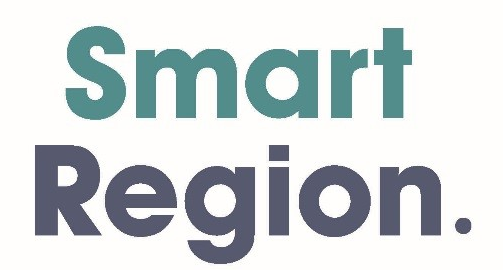NI Farmers Facing Tougher Slurry Spreading Controls
Plans to ramp up slurry spreading controls in Northern Ireland have been put forward that could slash slurry application rates in some months of the year.
The Department for Agriculture, Environment and Rural Affairs (Daera) has published a consultation paper that makes a series of recommendations for the period 2019 to 2022.
The recommendations are focused on reducing losses of phosphorus, which is major cause of poor water quality in Northern Ireland, while also reducing ammonia emissions.
One of the proposals is to make it compulsory in certain circumstances for slurry to be applied using low-emission equipment, such as a trailing shoe, dribble bar or by soil injection.
This would apply from 1 February 2020 for all applications of digestate from AD plants; from 1 February 2021 for any contractors; and from 1 February 2022 for farms with 100 livestock units or more of cattle and pig farms producing 10,000kg or more of manure.
Such a move would require major investment from the farming community over the next three years, although low-emission application does bring agronomic benefits.
The consultation suggests that from 1 January 2020 new above-ground slurry stores and lagoons should also be covered, with existing above-ground slurry stores fitted with a floating or fixed cover from 1 January 2022.
Closed period
The closed period is one of the most controversial aspects of the Nitrate Action Programme, with farmers unhappy that it forces them to farm by calendar date, rather than by using their common sense.
The consultation suggests the closed period for spreading slurry would remain unchanged at 15 October-31 January.
However, it says the maximum application rate of slurry should be reduced from 50cu m/ha to 30cu m/ha when applying it in either February or October.
There would also be an increase in the buffer zone in those two months, from 10m to 15m for any waterways and from 20m to 30m for lakes.
From 1 January 2020, the consultation suggests, supplementary feeding sites should be situated a minimum of 20m from a waterway and from 1 January 2022, livestock drinking points should be 10m from a waterway, where there is a significant risk of water pollution arising from their use.
Source: fwi.co.uk




